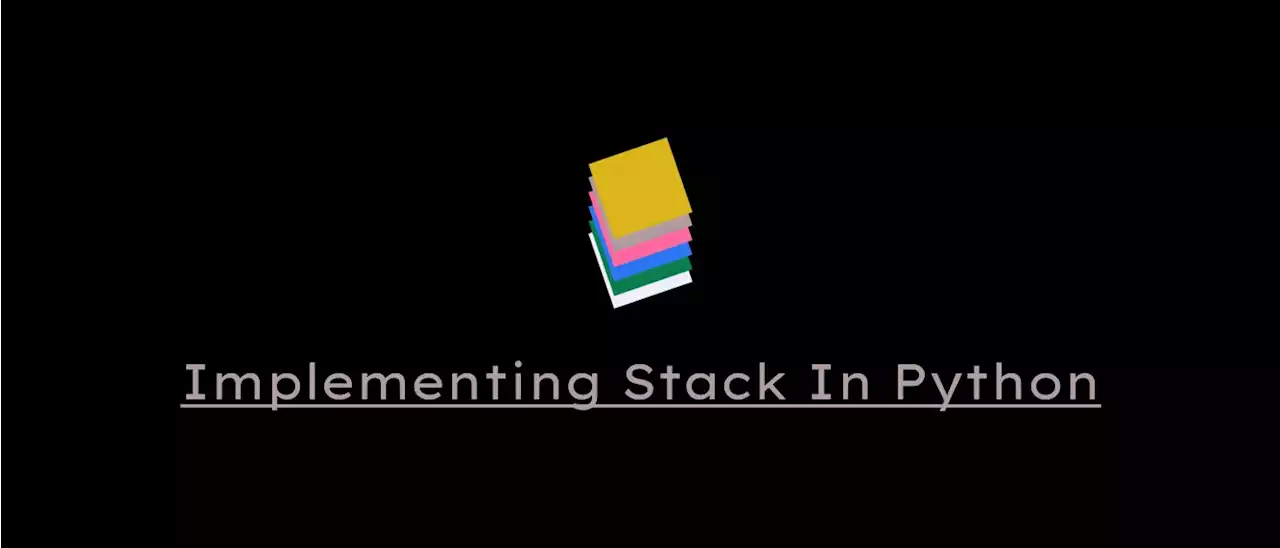'Autonomous Driving Lidar Perception Stack with PCL: An Algorithmic Implementation' autonomouscars autonomousdriving
Autonomous driving is a relatively new and very fascinating field of modern technology. Publicly showcased during the DARPA Grand Challenge in 2004 and moving to a significantly more challenging city environment during the Urban Challenge of 2007, autonomous driving ever since was pursued by industry and academia.
It is one of the first sizable high-quality datasets gathered to serve as a benchmark for computer vision algorithms in the autonomous driving field. Kitti features several sub-datasets, including Detection, but we are more interested in the Tracking sub-dataset since we are going to leverage the temporal properties of data as well as GNSS localization data.
We will be using the latter as an example. This stage is theoretically optional, however is very important in practice. The problem is that the following stage of clusterization is dependent on the density of the LiDAR points and if the density is insufficient, the effect of over-clusterization may come into play. Over-clusterization means that any object may be split into several pieces.
// We accumulate the incoming scans along with their localization metadata // into a deque to perform subsequent aggregation. { Transform3f next_veh_pose_vs_curr=Transform3f::Identity; if { float frame_interval_sec=0.1f; // First, we need to calculate yaw change given the yaw rate // and the time inteval between frames. float angle_z=gpsimu_ptr->wz * frame_interval_sec; auto rot=Eigen::AngleAxisf); next_veh_pose_vs_curr.
Let’s take a deeper look at the C++ implementation of Ransac with the help of Eigen and PCL libraries. First of all, let’s define our candidate plane. We will use the form of the base point plus the normal vector.
Ireland Latest News, Ireland Headlines
Similar News:You can also read news stories similar to this one that we have collected from other news sources.
 Implementing Stack in Python using Linked List | HackerNoonA stack is a data structure in which items are added and removed from the same point. It's kind of a one way storage system. Also known as LIFO data structure.
Implementing Stack in Python using Linked List | HackerNoonA stack is a data structure in which items are added and removed from the same point. It's kind of a one way storage system. Also known as LIFO data structure.
Read more »
 How to Transition from Full-Stack Developer to Web3 Pioneer in 2022 | HackerNoonLooking to dive into Web3 development? Here is an intro and quick example of how full-stack developers can get started in the decentralized web.
How to Transition from Full-Stack Developer to Web3 Pioneer in 2022 | HackerNoonLooking to dive into Web3 development? Here is an intro and quick example of how full-stack developers can get started in the decentralized web.
Read more »
 Explore Some of the Latest (Major) HackerNoon Product Updates! | HackerNoon'Explore Some of the Latest (Major) HackerNoon Product Updates! ' hackernoon hackernoonproduct
Explore Some of the Latest (Major) HackerNoon Product Updates! | HackerNoon'Explore Some of the Latest (Major) HackerNoon Product Updates! ' hackernoon hackernoonproduct
Read more »
 Mathematicians Discovered a New, Much Faster Way to Multiply Large NumbersThe new method massively decreases the time spent performing long multiplications. 👨🔬 engineering
Mathematicians Discovered a New, Much Faster Way to Multiply Large NumbersThe new method massively decreases the time spent performing long multiplications. 👨🔬 engineering
Read more »
 The Great Gatsby: Chapter 7 | HackerNoonThe Great Gatsby, Chapter 7 by F. Scott Fitzgerald is part of HackerNoon’s Book Blog Post series.
The Great Gatsby: Chapter 7 | HackerNoonThe Great Gatsby, Chapter 7 by F. Scott Fitzgerald is part of HackerNoon’s Book Blog Post series.
Read more »
 The Great Gatsby: Chapter 6 | HackerNoonThe Great Gatsby, Chapter 6 by F. Scott Fitzgerald is part of HackerNoon’s Book Blog Post series.
The Great Gatsby: Chapter 6 | HackerNoonThe Great Gatsby, Chapter 6 by F. Scott Fitzgerald is part of HackerNoon’s Book Blog Post series.
Read more »